We recently connected with Santiago Echeverry and have shared our conversation below.
Santiago, thanks for taking the time to share your stories with us today One of the toughest things about progressing in your creative career is that there are almost always unexpected problems that come up – problems that you often can’t read about in advance, can’t prepare for, etc. Have you had such and experience and if so, can you tell us the story of one of those unexpected problems you’ve encountered?
Technological changes! I started work g with technology back in 1988, when cameras were attached to backpacks, and 3/4” tapes ruled the professional world. The first creative computer I ever used was the TI994A, followed by the Commodore Amiga. The first interactive tools I used were Authorware, HyperCard and Director. I created plenty of projects that I can no longer access because those technologies became obsolete. Some of my most complex projects were created for the web on Flash, and now I can’t even see them. This has forced me to adapt constantly to change, and have no attachments, it’s a zen practice that allows me to enjoy the moment and be open to upcoming challenges.
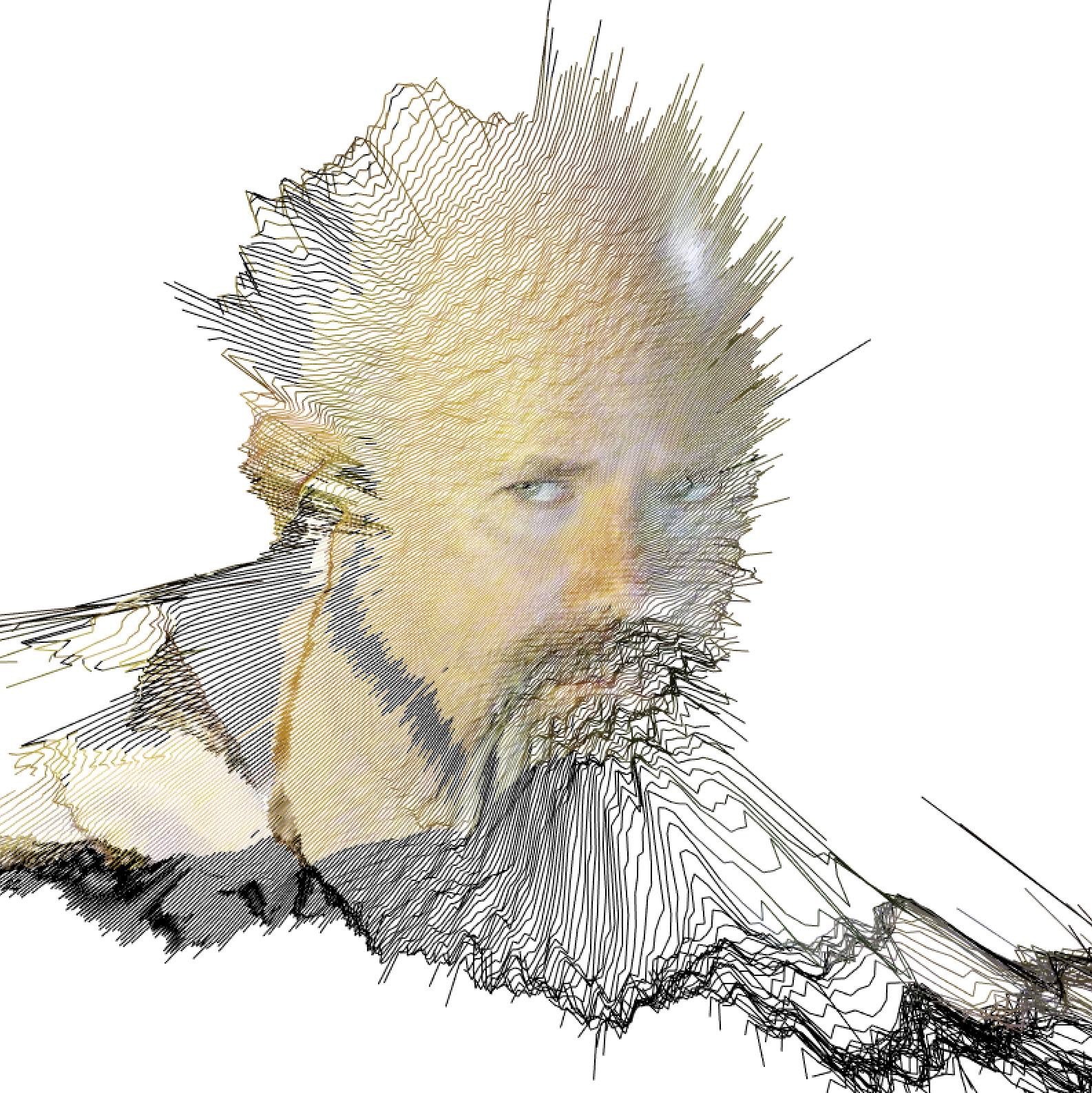
Santiago, love having you share your insights with us. Before we ask you more questions, maybe you can take a moment to introduce yourself to our readers who might have missed our earlier conversations?
I started coding when I was 12 years old, I was already a computer geek by 16. I was supposed to become an engineer like my brothers, but I discovered that my true passion was in storytelling. In spite of getting the best admission exam score for computer science, I chose a different path: filmmaking. The first school of Film and Television had just opened in the country, and against my conservative family’s wishes, I started a creative and self-expressive path. I was also doing it as an openly gay man, in 1980s Colombia, where we were chastised, persecuted by the police, and discriminated mercilessly. Through experimental video and performance art, I became a pioneer in queer art in Latin America, using video and performance as “artivism” tools, My drag alter ego, Patty E. Patétik, walked her first steps back in 1989, and had grown quite strongly by the end of the century. One of the biggest changes that allowed this experimentation was the constitutional reform of 1991, that finally decriminalized homosexuality in Colombia. That did not mean it was safer (on the contrary, the death threats never stopped), it meant that the state could no longer persecute you for being who you were. It truly made a BIG difference.

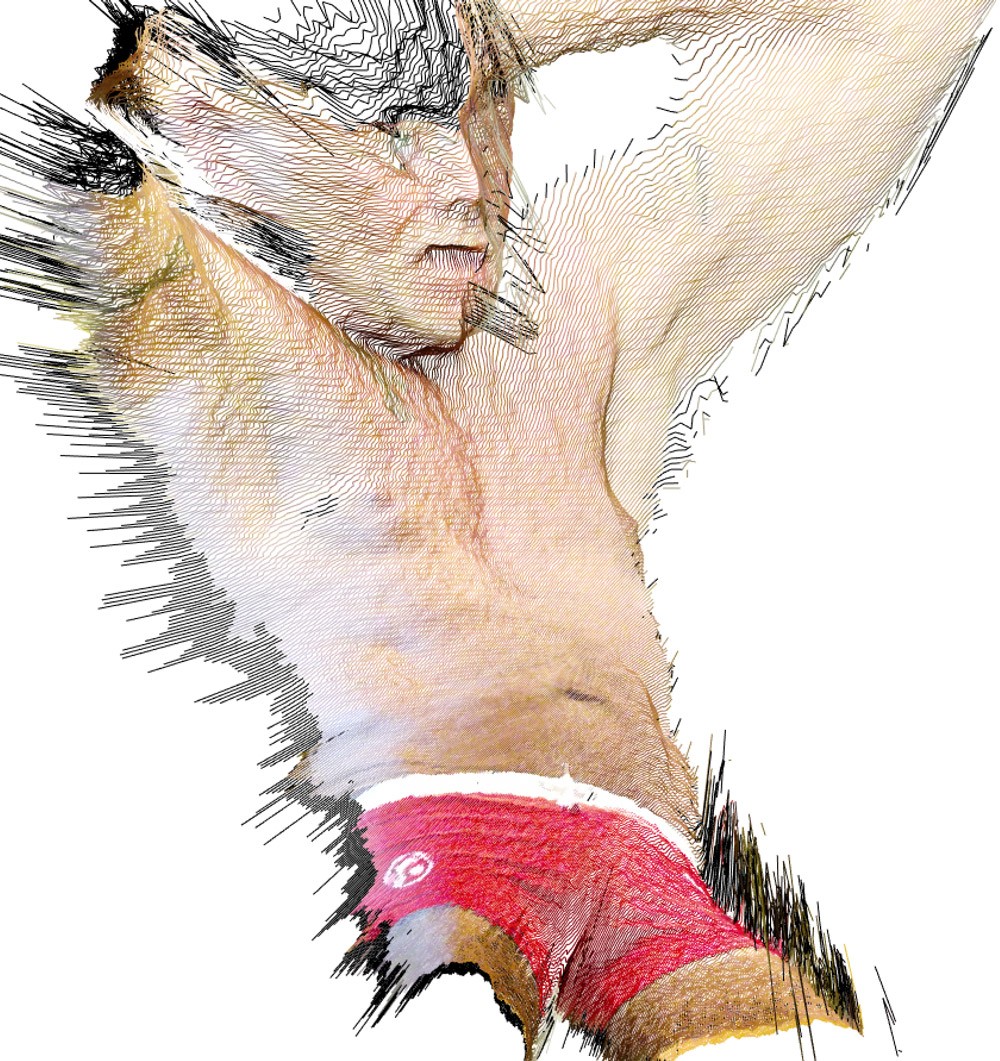
Can you share a story from your journey that illustrates your resilience?
I have many stories that illustrate my resilience, but the one that comes to my mi d is the day I was accused of being an international terrorist. The day I was literally moving to the USA, in August 2003, the former lover of my then boyfriend called the police, the FBI, and the Miami airport to accuse me of being an international terrorist that was going to attack a federal building in Baltimore, MD. The entire B section of the Miami airport was closed waiting for me, on Friday before Labor Day! Without knowing why was I being detained, after being humiliated and treated very poorly by the airport police (especially the Cuban American officers – you should have seen their faces when they saw the cover of Arts International Magazine where I appeared in full drag), I was taken to the FBI headquarters. They treated me respectfully, and after constant questioning, threats of deportation, and jail, I was set free. It’s only after a 9 hour ordeal that I found out what the ex of my boyfriend had done. He ended up in jail, and I started a totally new life in America.
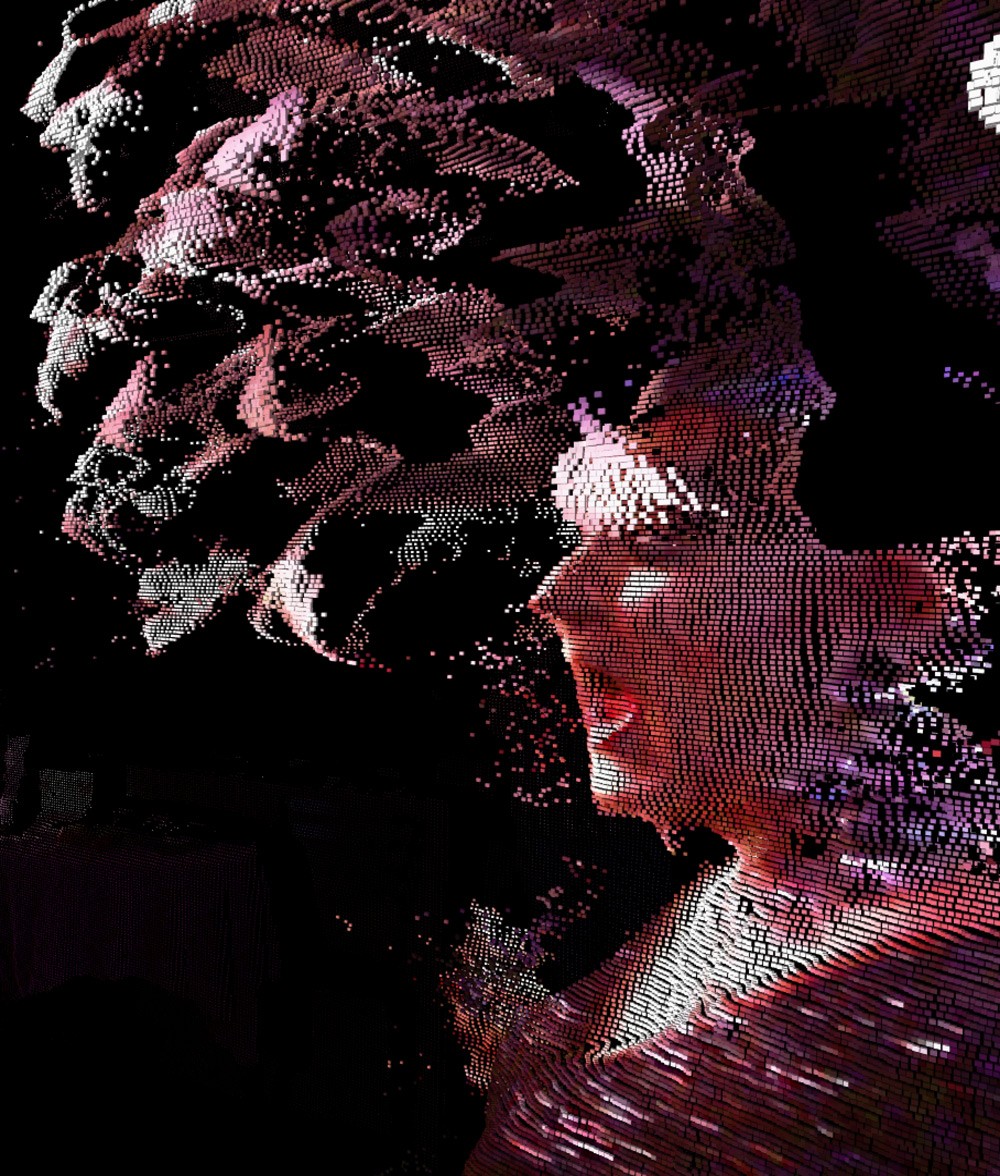
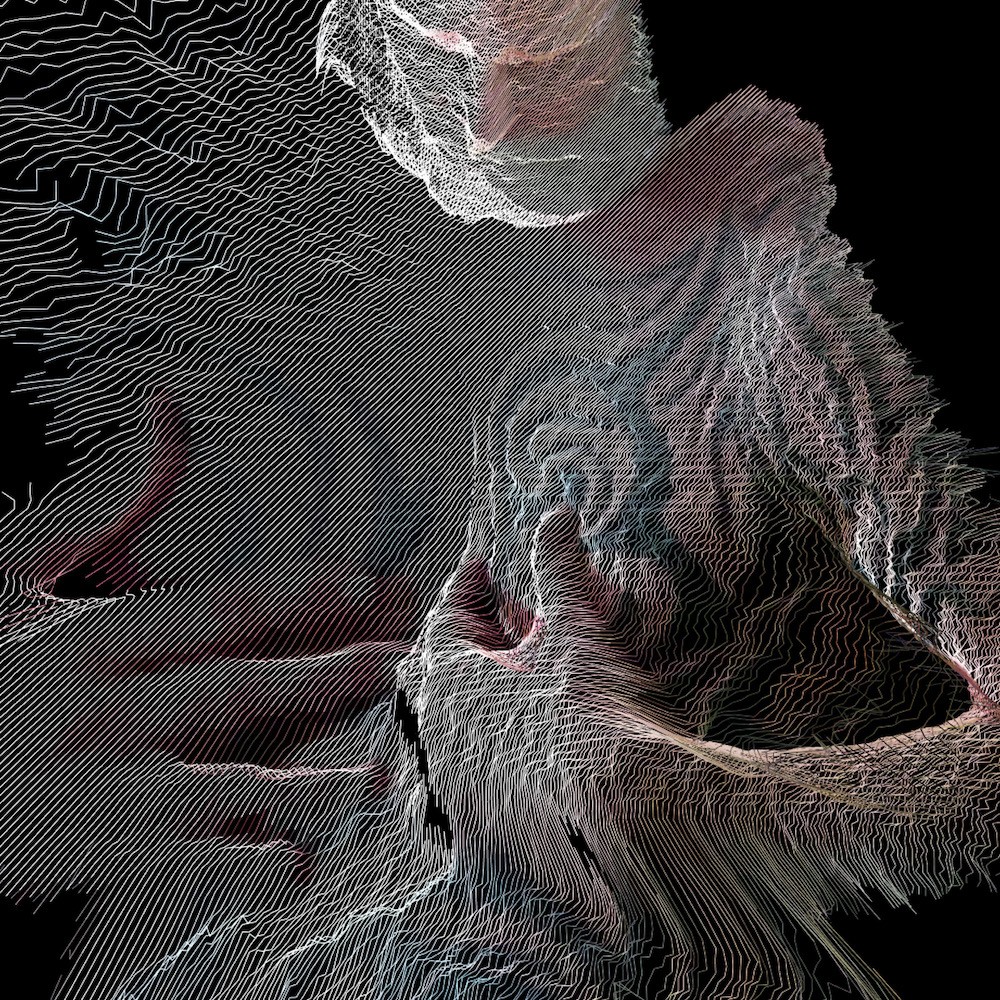
What do you find most rewarding about being a creative?
Many doors were closed and bridges were burnt for being an outrageously, unconventional artist and professional. Employers wanted to look good and avoid looking bad, and in the POV I was a risk for their businesses. I came out of the closet at the age of 15, I saw my friends dying of AIDS, I experienced discrimination and prosecution, and I saw how the society was forcing people to go back to the closet, having to marry a person from the opposite sex to climb in society, while living a double life, highly susceptible to blackmail. By being an independent artist, and later a professor, I found a freedom that lifted huge weights off of my back. I found an independence and a supportive community that has allowed me to flourish for the past 3 decades. Thirty years full of challenges and rewards that motivate me to keep growing and creating.
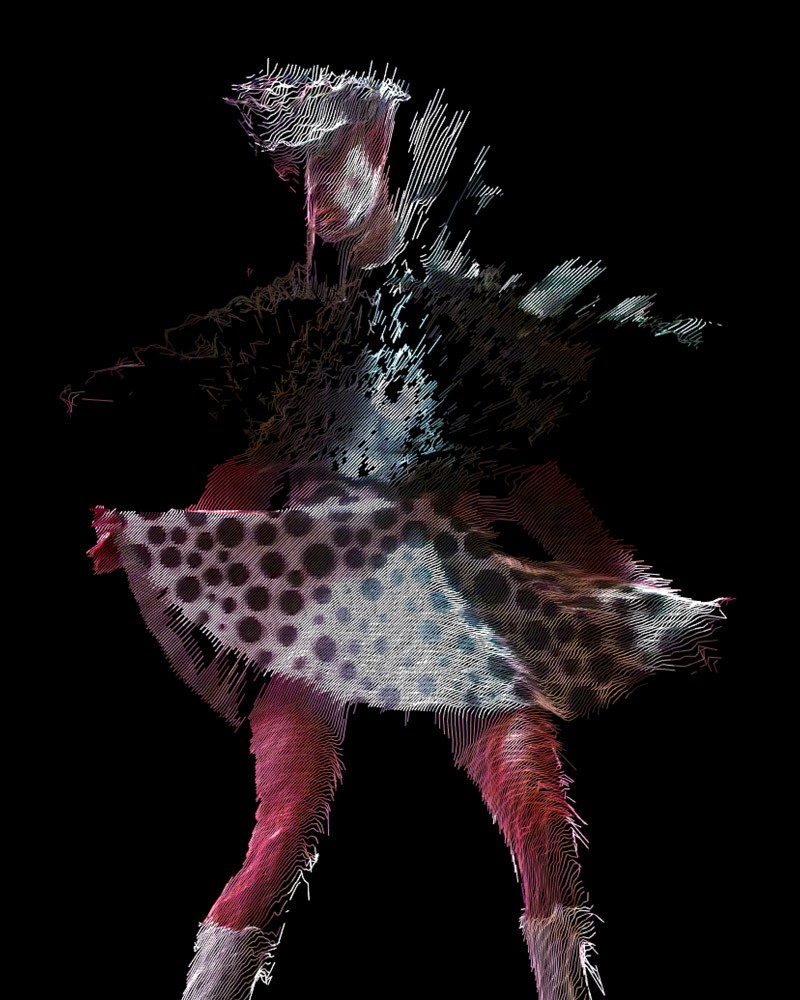
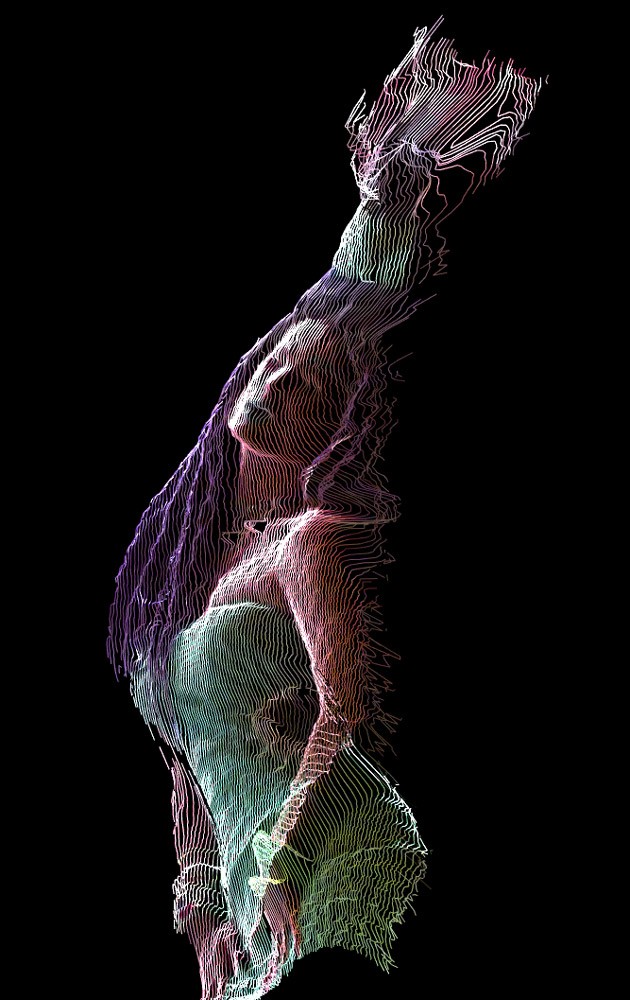
Contact Info:
- Website: https://santi.tv
- Instagram: https://instagram.com/sechevere
- Facebook: santiago.echeverry
- Linkedin: https://www.linkedin.com/in/secheverry
- Youtube: https://youtube.com/@sechevere
- TikTok: https://www.tiktok.com/@sechevere
Image Credits
All images by Santiago Echeverry


